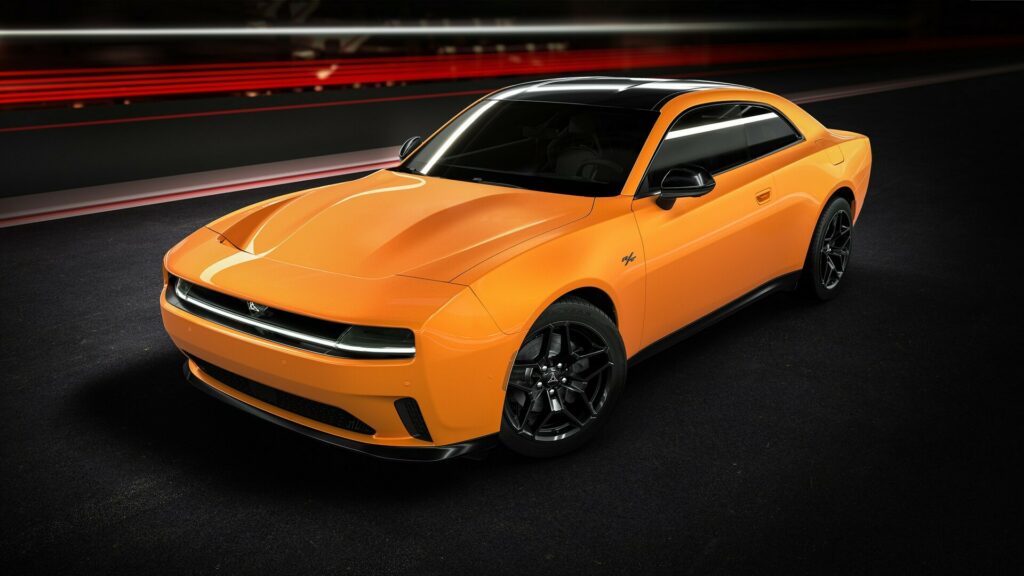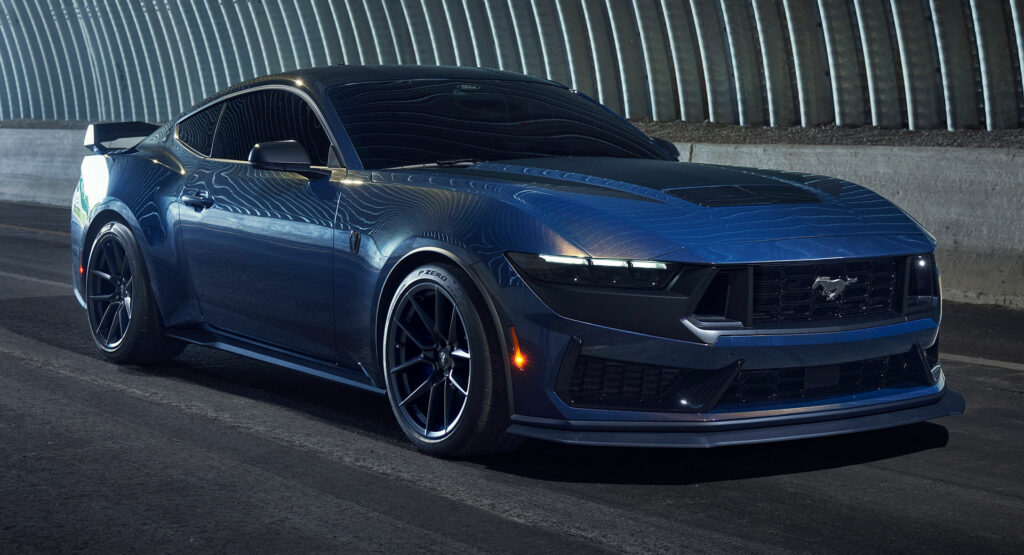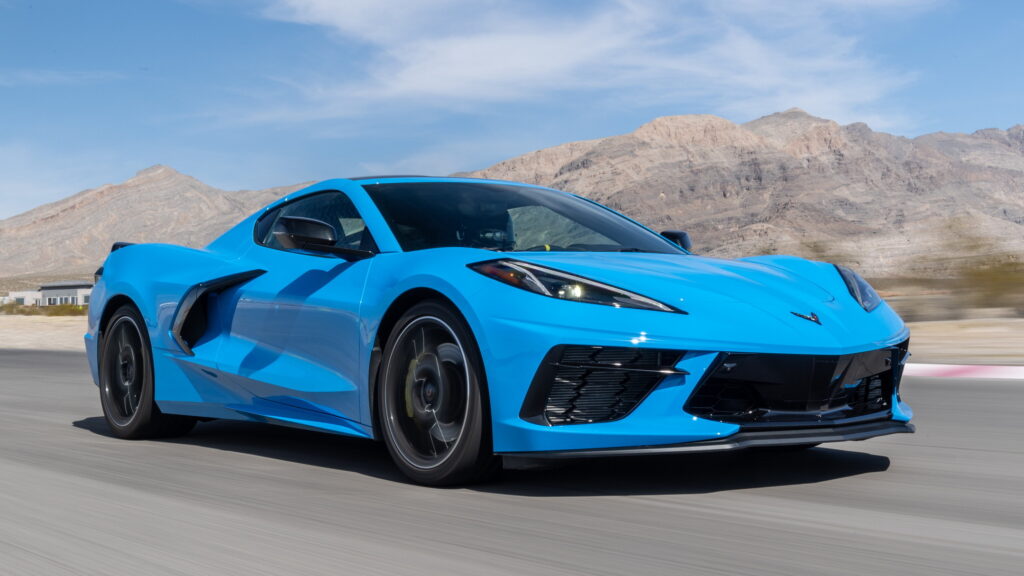- The 2024 Charger Daytona EV will cost $59,595 in R/T form and $73,190 for the Scat Pack when it goes on sale later this year, Dodge says.
- Those prices make the Charger a rival for the C8 Corvette and Mustang Dark Horse – take part in our poll to tell us which you’d pick.
Dodge released pricing information for the 2024 Dodge Charger Daytona EV this week ahead of the car arriving in dealerships in the final quarter of 2024, and the figures aren’t as horrific as a previous leak suggested. The R/T costs $59,595, while the more powerful and better equipped Scat Pack comes in at $73,190, but both cars are eligible for $7,500 of federal tax credits.
When we polled you to ask if you’d prefer to buy the Charger Daytona EV or wait for the ICE-powered Charger to arrive next spring, 82 percent of you said you’d sit tight. But let’s imagine that you’re in desperate need of a new, American-built muscle car and want to take delivery before the end of the year.
Related: 2024 Dodge Charger Daytona Starts At $59,595
If you’re open minded about the layout and power source, and have around $70k to spend, Detroit’s Big Three automakers have a trio of very different options for you.
Dodge Charger Daytona

Let’s start with the Charger since it’s the newest and most controversial. Factoring in the tax credits, our notional $70k budget allows us to go for an entry level R/T loaded with options, or step up to the Scat Pack and go lighter on the luxury add-ons.
Both versions get two motors and all-wheel drive, but the R/T makes do with 456 hp (340 kW / 462 PS) and 404 lb-ft (547 Nm) of torque, although a a PowerShot feature can increase the output to 496 hp (370 kW / 503 PS) for 15 seconds at a time. Zero to 60 mph (96 km/h) takes 4.7 seconds.
You can turn that jog into a sprint, cutting the time to 3.3 seconds, by upgrading to the Charger Daytona Scat Pack. It has 630 hp (470 kW / 637 PS) and 627 lb-ft (849 Nm) of torque, but, as in the R/T, there’s a PowerShot function that temporarily boost output to 670 hp (500 kW / 679 PS).
The downside, besides the price premium, is a reduction in range from 317 miles (510 km) to 260 miles (418 km/h), which might be enough to persuade you to stick with the R/T.
Ford Mustang Black Horse

Keeping the traditional muscle car flame alive over in the blue corner is the Ford Mustang, which comes with two features the Dodge doesn’t, and won’t, offer: a V8 engine and an available manual transmission.
You can get into a basic 480 hp (487 PS) V8-powered Mustang GT for $47,055, but our $70k buys the more hardcore Dark Horse, which currently costs $64,875 – or $69,870 if you want the Premium version with its better seats and fancier trim.
The Dark Horse’s 5.0 Coyote motor gains new dual-throttle-body intakes, forged rods from the GT500 and new cams to edge power up to 500 hp (507 PS), plus the Tremec TR-3160 from the old Mach 1. A 10-speed auto is also available, and it’s a better deal in 2025 because Ford has waived last year’s $1,500 fee.
Chevy Corvette Stingray

And lastly, there’s the C8 Corvette. The new E-Ray hybrid and ZR1 have dominated C8 conversations recently, but while they’re great value relative to European supercars, they’re still expensive in absolute terms, each costing over $100k. The base C8 Stingray might not be as fast or as technically advanced, but with its $68,300 starting price, it’s a far more realistic proposition for most of us.
Review: The New Chevrolet Corvette E-Ray
And anyway, despite its 490 hp (497 PS) output being the weediest here, the Stingray is the fastest of our three poll cars. Chevy quotes a 3.0-second zero to 60 mph time for a bone-stock Stingray, which makes it over a second quicker than a Mustang Dark Horse with a manual transmission, and puts it three tenths ahead of the Charger Daytona Scat Pack.
Which would get your $70k? Have your say by taking part in our poll.




